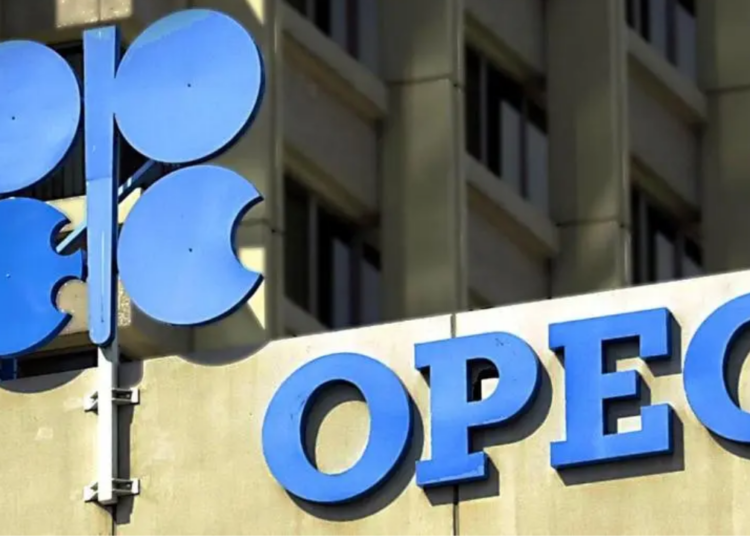Nigeria recorded a further small gain with exports holding strong from key streams, although it is pumping much less than allowed under the Organisation of Petroleum Exporting Countries(OPEC+) production cut deal.
The OPEC oil output fell slightly in June as increases in Nigeria and Iraq limited the impact of cutbacks by others, despite a wider OPEC+ deal and voluntary cuts by several members to support the market, a Reuters survey found.
The organisation pumped 28.18 million barrels per day (bpd) in June, down 50,000 bpd from May’s revised figure.
In May, output dropped by 240,000 bpd as the latest cut took effect.
The survey suggests little further progress by OPEC in limiting supply ahead of a further voluntary reduction by Saudi Arabia which takes effect in July, as part of the producers’ latest agreement made in June to support the market.
Several members of OPEC, which includes OPEC and allies such as Russia, had in April pledged voluntary cuts on top of those made in late 2022 as the economic outlook worsened.
For May, six OPEC members agreed to cut output by a further 1.04 million bpd, adding to about 1.27 million bpd of reductions already in place. These curbs remain in place for June.
Month on month, production in June among the OPEC nations that are required to limit output fell by 10,000 bpd, the survey found, as the increases in Nigeria and Iraq limited the impact of cuts by other members.
The OPEC’s output is still undershooting the targeted amount by almost 1 million bpd partly because Nigeria and Angola lack the capacity to pump as much as their agreed level.
OPEC is hosting a conference next week in Vienna expected to be attended by prominent oil ministers and CEOs.
OPEC’s Gulf producers Saudi Arabia, Kuwait and the United Arab Emirates have largely implemented their voluntary cuts and continued to show high compliance in June, the survey found.
Saudi Arabia lowered its output by 40,000 bpd, according to the survey, the biggest decline among the nations required to limit output.
OPEC’s biggest decline, of 50,000 bpd, was seen in Iran, where exports fell back from an annually strong level in May, the survey found. Iran, along with Libya and Venezuela, is exempt from OPEC cuts.
Iranian supply was revised up by 300,000 bpd in May as its exports were far higher than earlier thought.
Iraqi output edged up because of higher exports from the south of the country. But with exports from the north still shut down, Iraqi production remained well below its allowed level.
The Reuters survey aims to track supply to the market. It is based on shipping data provided by external sources, Refinitiv Eikon flows data, information from companies that track flows such as Petro-Logistics and Kpler, and information provided by sources at oil companies, OPEC and consultants.





